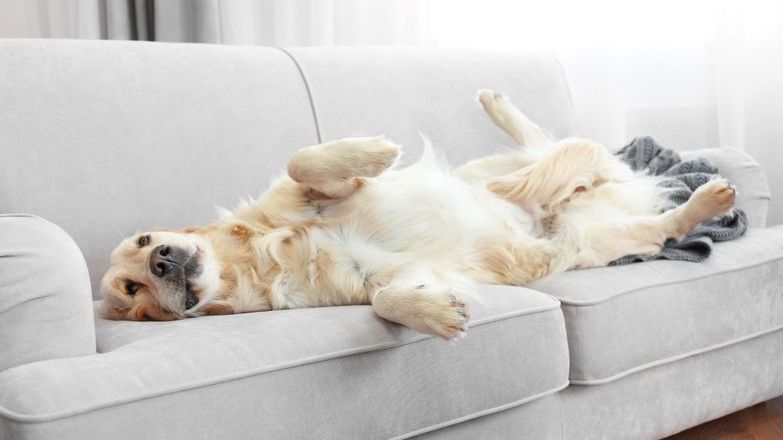
There’s no escaping that we’re a nation of animal lovers in the UK and with so many families, couples and individuals being told to stay home during the lockdown, it’s no surprise that interest in pets has soared over recent months. The rise in the demand for pets is shown by The Kennel Club who saw a 180 per cent increase in site visits.
That said, it is not a straightforward situation for estate agents, landlords or their tenants as various disputes can arise from having pets in a property.
Attitudes towards pets in rented properties
Tenancy Deposit Scheme (TDS) recently conducted a survey out of 1,500 customers, which revealed that 70 per cent of landlords don’t feel their tenants should automatically be allowed to keep a pet in their property - although 82 per cent do currently allow it.
Prior to the Tenant Fees Act being introduced in England in June 2019, the survey found that a third of landlords asked tenants for an additional pet deposit. However, now that additional fees are prohibited under English legislation, it’s no surprise that two-thirds of landlords surveyed would want to raise rents if forced to allow their tenants to keep a pet in their property. This, however, is not the case in Wales, as under Welsh legislation landlords can charge higher deposits under the Tenant Fees Act.
What does this mean for letting agents?
The decision ultimately lies with the landlord. Having said this, for those that do allow tenants to keep pets, there are ways to minimise the risk of damage to the property, in turn, reducing the likelihood of tenancy deposit disputes at the end of the tenancy.
Add a pet clause to the tenancy agreement
It’s therefore recommended that you add a pet clause to the tenancy agreement that clearly states your tenant’s responsibilities for keeping the pet in the property and for any damage or deterioration in the cleanliness of the property caused by the pet, such as specific requirements for professional cleaning, pest treatment, extra garden maintenance and the rectification of any carpet stains and scratch-marks in doors and woodwork.
Using a specific clause to reflect special circumstances gives less room for dispute over what the tenant is responsible for and whether deposit deductions are reasonable.
Ask for details about the pet in question
It is not uncommon to ask for further information about the tenant’s pet before making a decision. Each situation is unique and can be made on individual merit. For example, ask if the tenant can provide a reference from a previous landlord as to the pet’s behaviour.
If this isn’t possible, the tenant should be able to provide details about the pet’s breed, such as whether it is hypoallergenic, low-shedding, large or small, noisy and whether it has been trained and neutered.
Importantly, you should clarify with the tenant how much time their pet will be left alone in the property. Whilst people are currently in their homes for longer periods due to COVID-19, this will no doubt change in the future as people return to work.
You should also ask for the pet’s name with details of who would care for it in case of an emergency.
These additional measures will not only put the foundations in place to reduce the risk of problems from pets in properties, but they will also give you and your landlord reassurance of the information you need to make a decision either way.
FIND OUT MORE
If you would like to know more about landlords’ opinions on pets in properties, Letterbox Issue 7, the quarterly customer magazine from TDS, includes the full survey results.
If you want to view the Letterbox magazine and aren’t a customer of TDS Custodial yet, you can join today for FREE in minutes. Find out more about switching to TDS here: Why Switch?



